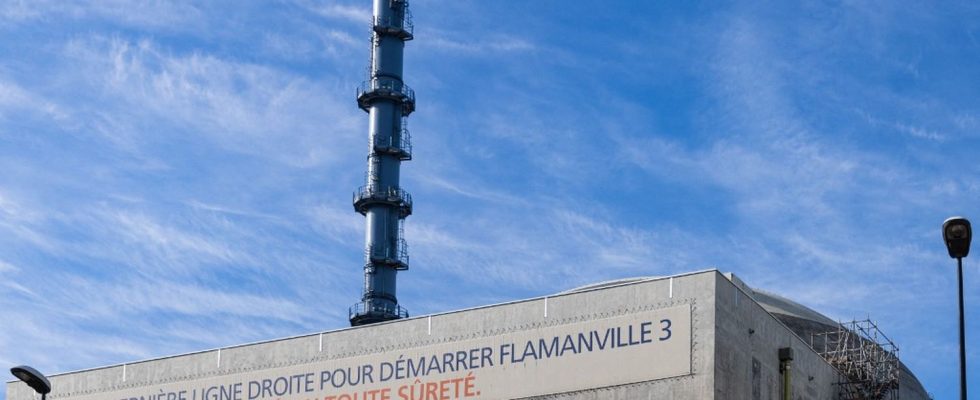The Nuclear Safety Authority must give its opinion on this commissioning after a public consultation.

Published
Reading time: 2 mins

Is this time the right one? Twelve years behind the initial schedule, EDF predicts that the Flamanville EPR nuclear reactor (Manche) will inject electricity into the national network for the first time. “in the summer of 2024”according to a press release published Wednesday March 27.
“The Flamanville 3 EPR is technically ready to begin its commissioning”, underlines EDF in its press release. In December, the operator was counting on a connection “mid-2024”but the Nuclear Safety Authority (ASN), the nuclear watchdog, announced on Tuesday that fuel loading was postponed until mid-April, at best.
“This new stage of the procedure now makes it possible to envisage the first loading of nuclear fuel into the reactor within a few weeks”, continues EDF. The start-up operations can then continue until the temperature and pressure of the boiler rise, then the reactor increases in power.
A project four times more expensive than expected
ASN will issue its commissioning notice after a public consultation, carried out from March 27 to April 17, 2024. The announcement of the postponement of fuel loading had raised fears of a further significant delay for this river site of the Normandy reactor, marked by numerous cost and schedule slippages since construction began 17 years ago.
If the start-up is confirmed in the summer of 2024, it will therefore take place twelve years late on the planned schedule, for a total bill now estimated at 13.2 billion euros, according to EDF, or four times the initial budget of 3 .3 billion euros.
Driven by a renewed interest in the atom, EDF intends to deploy 3rd generation reactors (EPR) in France and Europe on a scale “industrial”with an objective now of “two per year”, compared to one or two per decade currently. This is an ambitious bet given the repeated cost and delay slippages. The industrial challenge is colossal for the group, weighed down by an abysmal debt (54.4 billion euros) and criticized for the setbacks of its EPR projects, which must also respond to the relaunch of a nuclear program in France which could go up to 18 EPR2 reactors (improved version of the EPR) and successfully complete its two English programs, Hinkley Point, which could be delayed for six years, and Sizewell.

